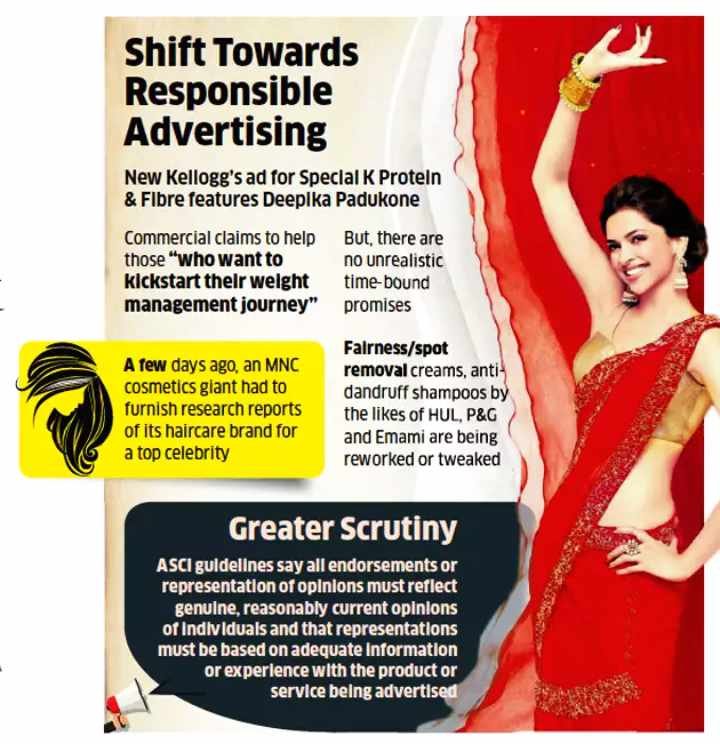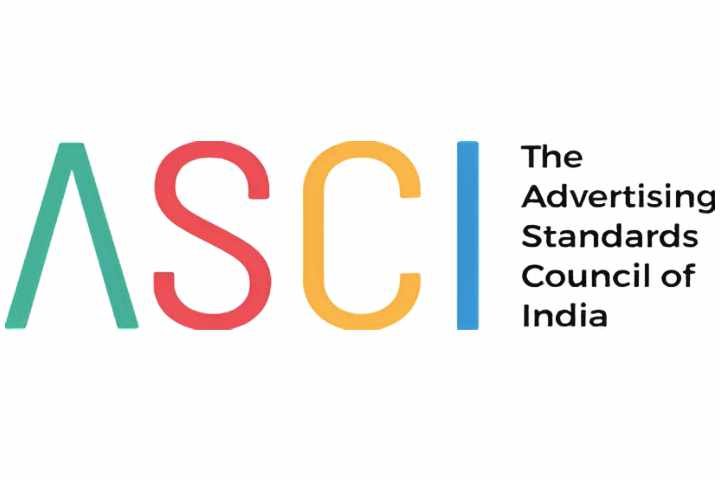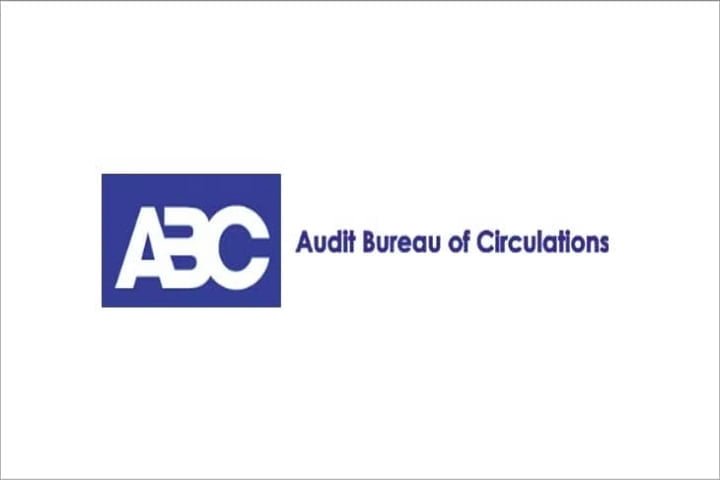The ASCI Code: Guiding Ethical Advertising in India
In today’s media-saturated world, advertising plays a crucial role in shaping consumer perceptions and influencing purchasing decisions. However, with great power comes great responsibility. This is where the Advertising Standards Council of India (ASCI) and its Code for Self-Regulation in Advertising step in, ensuring that advertisements in India remain truthful, decent, and fair. Let’s dive deep into the ASCI Code and understand its significance in the Indian advertising landscape.
The Advertising Standards Council of India (ASCI) Introduction
Established in 1985, the Advertising Standards Council of India (ASCI) is a voluntary self-regulatory organization committed to promoting responsible advertising and protecting consumer interests. ASCI is a non-profit company registered under Section 25 of the Indian Companies Act. It brings together advertisers, media houses, advertising agencies, and other professionals connected with advertising practices.

ASCI’s primary goal is to ensure that advertisements conform to its Code for Self-Regulation, which sets the standards for legal, decent, honest, and truthful advertising. It’s important to note that ASCI is not a government body and does not formulate rules for the public or industries. Instead, it serves as a self-regulatory mechanism within the advertising industry.
The significance of ASCI in the Indian context is immense, and its role is critical. ASCI is essential to upholding ethical standards in a market as diverse and fast-expanding as India’s, where consumers are constantly exposed to commercials from a variety of media. For example, during the COVID-19 pandemic, ASCI played a crucial role in combating misleading advertisements that made false claims about virus prevention or cure.
ASCI Code of Conduct
The ASCI Code of Conduct is the cornerstone of ethical advertising in India. It is divided into four main chapters, each addressing a crucial aspect of responsible advertising. Let’s explore these chapters in detail:
Truthful and Honest Representation

The first chapter of the ASCI Code focuses on ensuring that advertisements are truthful and honest in their representations. This is perhaps the most critical aspect of the code, as it directly impacts consumer trust and decision-making.
Key points in this chapter include:
1. Substantiation of claims: All descriptions, claims, and comparisons in advertisements must be capable of substantiation. This means that advertisers should have evidence to back up their claims when called upon by ASCI.
2. Transparency in research-based claims: When advertisements cite independent research or assessments, they must indicate the source and date of such studies.
3. Avoiding misleading implications or omissions: Advertisements should not distort facts or mislead consumers through implications, omissions, ambiguity, or exaggeration.
4. Protection of consumer trust: The code prohibits advertisements from abusing consumer trust or exploiting their lack of experience or knowledge.
5. Clear disclosure of terms and conditions: This is particularly important for advertisements involving investments, lotteries, or prize competitions.
An example of ASCI’s intervention was when it called out Kellogg’s Special K Cereal advertisement by Deepika Padukone with a challenge of weight loss in two weeks for its unrealistic time-bound promises. The advertisement was then changed to a different message: the morning meal is important, and Kellogg’s Special K Protein & Fiber offers a power breakfast.
The new commercial claims to help those “who want to kickstart their weight management journey,” with no exaggerated claims about weight loss, and reflects more realistic expectations.
Non-Offensive to Public
The second chapter of the ASCI Code ensures that advertisements do not offend public decency and propriety. This is particularly important in a diverse country like India, where cultural sensitivities vary greatly.
Key points in this chapter include:
1. Avoiding indecent or vulgar content: Given the generally prevailing standards of decency and propriety, advertisements should not contain anything likely to cause widespread offense.
2. Sensitive depiction of women: The code specifically mentions the need for care in the depiction of women, ensuring that advertisements do not objectify or demean women.
3. Cultural sensitivity: Given India’s diverse cultural landscape, advertisements must avoid offending religious or cultural sentiments.
ASCI’s action in this area included asking two deodorant brands, “Wild Stone” and “Fuel for Men,” to withdraw an advertisement that was deemed too suggestive and offensive to public sensibility.
Against Harmful Products, Services, and Situations

The third chapter of the ASCI Code addresses advertisers’ responsibility when it comes to potentially harmful products, services, or situations. This chapter is particularly important in protecting vulnerable groups, especially children.
Key points in this chapter include:
1. Prohibition of advertisements that incite crime, violence, or intolerance: This includes ads that might adversely affect friendly relations with foreign states.
2. Protection of children: Advertisements addressed to children should not contain anything that might result in their physical, mental, or moral harm.
3. Safety considerations: Ads should not show or refer to dangerous practices or manifest a disregard for safety.
4. Compliance with the law: Advertisements must not breach any laws or omit anything that the law requires.
5. Restrictions on indirect advertising: The code prohibits circumventing restrictions on advertising certain products (like tobacco or alcohol) by disguising them as ads for other products.
An example of ASCI’s intervention in this area was calling out advertisements performing dangerous stunts without justifiable reasons, which could potentially influence children to imitate such behavior. For instance see the advertisement below:
Fair in Competition
The fourth chapter of the ASCI Code ensures fair competition in advertising, balancing the consumer’s need for information with the canons of competitive business behavior.
Key points in this chapter include:
1. Guidelines for comparative advertising: While comparisons with other products or manufacturers are allowed, they must be factual, accurate, and not misleading.
2. Protection of trademarks and goodwill: Advertisements should not unjustifiably use another company’s name, initials, or goodwill.
3. Avoiding plagiarism: Ads should not be similar to other advertisers’ earlier campaigns in a way that suggests plagiarism.
An instance of ASCI’s action in this area was when it asked Proctor & Gamble (P&G) to withdraw or modify its Oral-B advertisement campaign for making unsubstantiated claims that “9 out of 10 dentists agree that Oral-Pro Health is the best toothpaste in India.”
Guidelines for Celebrity Endorsements under the ASCI Code
ASCI recognizes the significant influence celebrities wield over consumer behavior. As part of the ASCI Code, specific guidelines have been developed to ensure responsible celebrity endorsements in advertising. These guidelines aim to protect consumers from misleading claims while maintaining the integrity of celebrity-endorsed advertisements.
Under the ASCI Code, celebrities are defined as famous personalities from entertainment, sports, and other fields, such as doctors, authors, and activists. The guidelines apply to those who either:
- Receive annual compensation of Rs. 40 lakhs or more for advertising appearances
- Have a social media following of 500,000 or more on any single platform
Key points of the ASCI Code guidelines for celebrity endorsements include:
- Adherence to the ASCI Code: All celebrity-featured ads must comply with the overall ASCI Code in both letter and spirit.
- Celebrity Awareness: Advertisers and agencies must ensure celebrities are aware of the ASCI Code provisions.
- Genuine Opinions: Testimonials and endorsements must reflect the celebrity’s authentic, current opinion based on adequate product experience or information.
- Due Diligence: Celebrities should verify that all claims in their endorsed ads are objectively ascertainable and substantiated.
- Responsibility: Given their influence, celebrities must ensure their endorsed ads don’t mislead or deceive consumers.
These guidelines are particularly relevant in the Indian context, where celebrity endorsements carry significant weight. For instance, during the Maggi noodles controversy, brand ambassador Madhuri Dixit faced backlash when the product was found to contain excess lead. This incident highlighted the need for celebrities to exercise due diligence in their endorsements.
In another instance, ASCI called out prominent Bollywood actors for endorsing the pan-masala brand, emphasizing the responsibility celebrities have in promoting products that may have health implications.
Self-Regulation Guidelines for Advertisements

The ASCI Code for Self-Regulation in Advertising is more than just a set of rules; it’s a commitment by the advertising industry to maintain high ethical standards. Here are some key aspects of these self-regulation guidelines:
1. Voluntary compliance: ASCI’s effectiveness lies in its members’ voluntary compliance. This self-regulatory approach allows for quicker resolution of issues compared to legal processes.
2. Consumer complaint mechanism: ASCI provides a platform for consumers to lodge complaints against advertisements they find objectionable or misleading.
3. Fast-track complaint resolution: ASCI has a system for addressing complaints quickly, usually within 7–10 days.
4. Regular updates: The ASCI guidelines are periodically reviewed and updated to keep pace with changing societal norms and new advertising mediums.
5. Industry-specific guidelines: ASCI has developed specific guidelines for certain industries or types of products, such as food and beverages, education, and automotive sectors.
6. Digital advertising focus: With the rise of digital advertising, ASCI has introduced specific guidelines for influencer marketing and other forms of digital advertising.
The ASCI Code plays a vital role in shaping the advertising landscape in India. It ensures that as the industry grows and evolves, it does so with a strong ethical foundation. For advertisers, adhering to the ASCI Code is not just about compliance; it’s about building long-term trust with consumers.
Understanding the ASCII code enables consumers to make more informed decisions about advertisements. It helps us identify misleading or unethical ads and take action by reporting them to the ASCII.
New forms of advertising, especially in the digital realm, make the role of ASCI and its Code increasingly important. The challenge is to maintain a balance between creative freedom and ethical responsibility. This ensures that Indian advertising continues to inform, entertain, and persuade while adhering to standards of truth and decency.
It’s essential for all stakeholders—advertisers, agencies, media, and consumers—to familiarize themselves with the ASCI Code and contribute to its implementation. It is only through collective effort that we can ensure that advertising in India continues to be a force for good, driving economic growth while respecting consumer rights and societal values.





